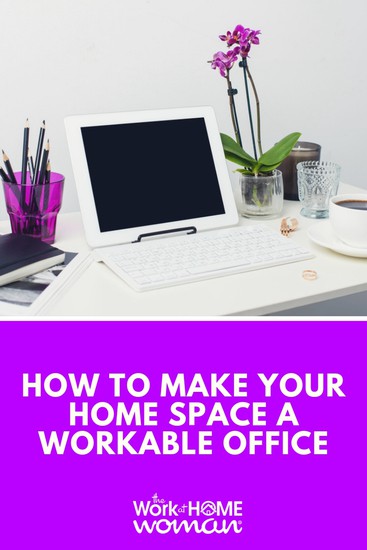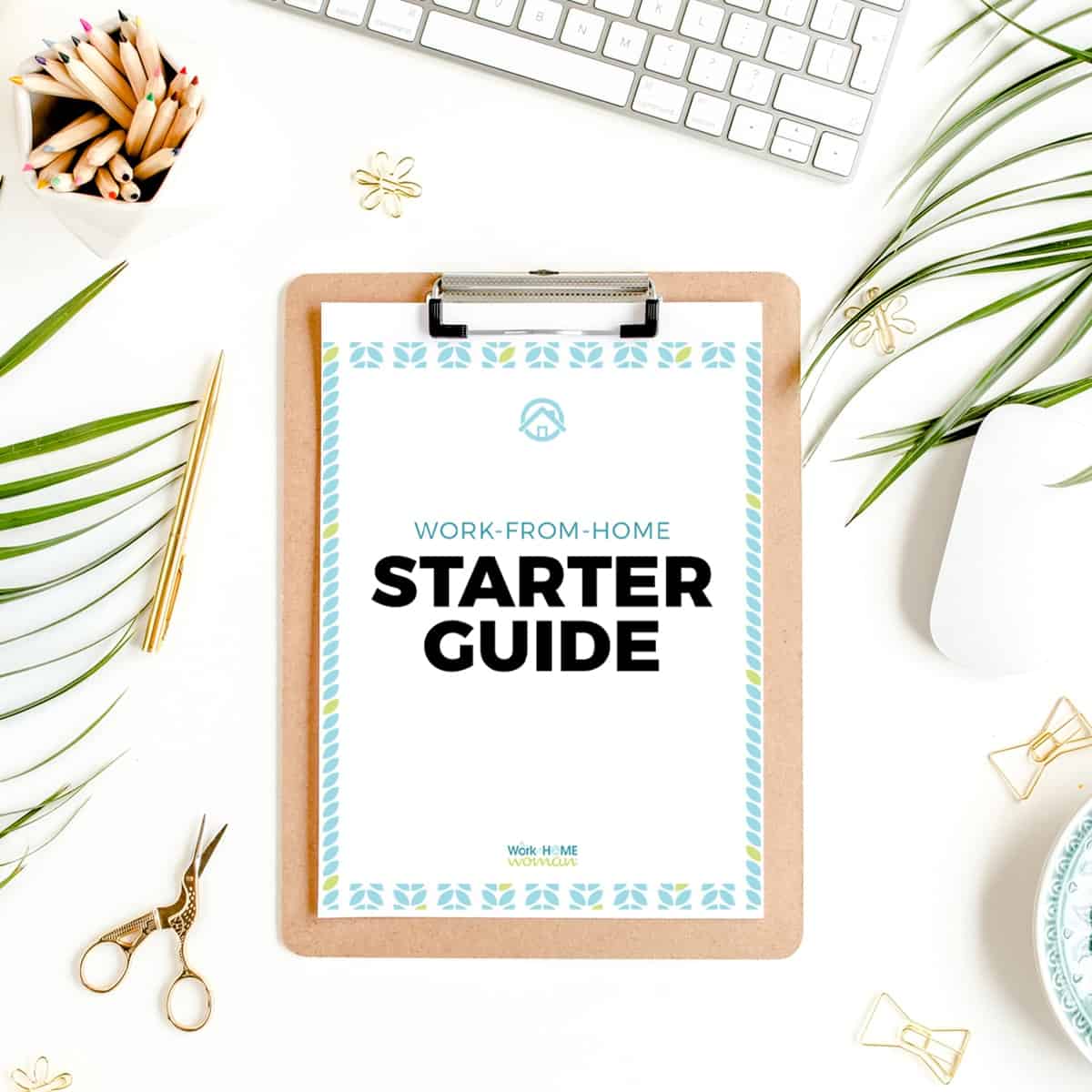 People who don’t work-from-home tend to romanticize the daily lives of those who do. Peace and quiet, comfortable surroundings – the images are so attractive. The reality is often different, however. Working from home is full of pros and cons, just like any other work environment – and perhaps the biggest challenge is creating and protecting a functional, distraction-free space.
People who don’t work-from-home tend to romanticize the daily lives of those who do. Peace and quiet, comfortable surroundings – the images are so attractive. The reality is often different, however. Working from home is full of pros and cons, just like any other work environment – and perhaps the biggest challenge is creating and protecting a functional, distraction-free space.
Home offices that look like the ones pictured in Real Simple or Martha Stewart Living magazines are the exception rather than the norm. The truth is, setting up a workable and well-organized office space takes planning and creativity to fit it to the particular needs of the occupant.
Consider a few of these pointers:
1. Separate Office Space
Although it might not be easy in a small house or one filled with kids, the best scenario for a home office is to have a room that is entirely separate from the normal household activities. A door is ideal, both in a symbolic and practical sense. In cases of limited space, a home office can still be created in the bedroom, kitchen, or family room. In these cases, an attractive folding screen would help in separating you from the rest of the room.
2. Choosing the Appropriate Room
It’s important to consider the nature of your work and your specific needs. If you have clients visiting, a bedroom office is probably not your first choice. Pick a space where you know you can focus and concentrate on the work at hand. Some people prefer a room with a view for inspiration. But for others, a window may be too much of a temptation to spend their time daydreaming rather than staying on task. Be honest with yourself about the work environment that best fits your personality.
3. Clear the Clutter
Once you’ve found your space, take the time to clean and remove the clutter. If you’re revamping an existing office, get rid of the old and unnecessary stuff. If it’s a newly created office, avoid bringing in embellishments, papers, magazines and other items that will accumulate over time. Remove any electronics or other potential distractions not directly related to your work. There’s truth to the old saying, “A cluttered space equals a cluttered mind.” Bring in items that inspire or calm you, whether it’s a favorite photo, scented candles or a vase of flowers.

4. Get Organized
Make every effort to stay organized. As long as you’re surrounded by loose papers and undone tasks, it will be challenging to be creative, productive, and efficient. Have a filing cabinet, trash can, recycling bin and shredder at hand. If you are messy by nature, don’t be shy about asking a more organized friend or family member to give you some ideas.
Related Content: 6 Tips for Creating an Organized Home Office Space
5. Office Hours
If you’re new to the home office scene, think about experimenting with your work hours. Often, work-from-home jobs offer flexibility when it comes to office hours, so play around with your family’s schedule and pencil in exactly when you’ll be working. And be sure to share that schedule with all household members. Consider also the times of day when your brain and body work best and can complete the most important work. Once you find a schedule that works, stick to it. The dishes and laundry can wait; you’re at work, after all.
Conclusion
Working from home can offer many advantages, particularly for moms and dads trying to juggle raising a family with making a living. The best home office is one that is organized and designed in a way that will keep you focused, motivated, and engaged in the work you enjoy.
Jessica Edmondson who contributes on Organizational Leadership and Management and online training programs for the University Alliance, a division of Bisk Education, Inc.






I found the information very enlightening. I am wanting to start a home business and need all of the information to do that. Thank you for the information so far.